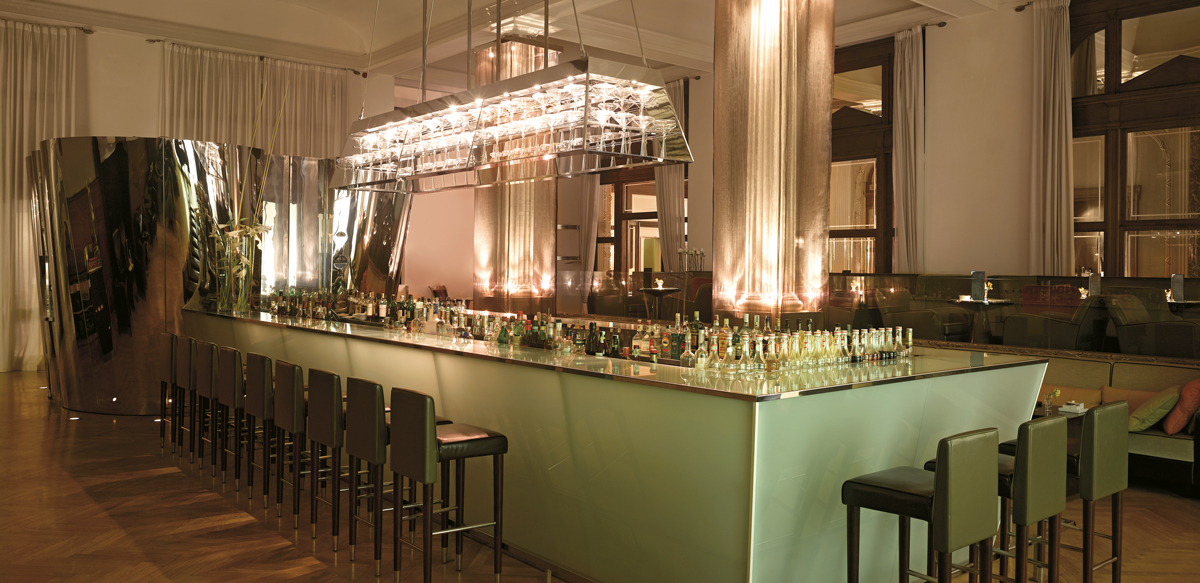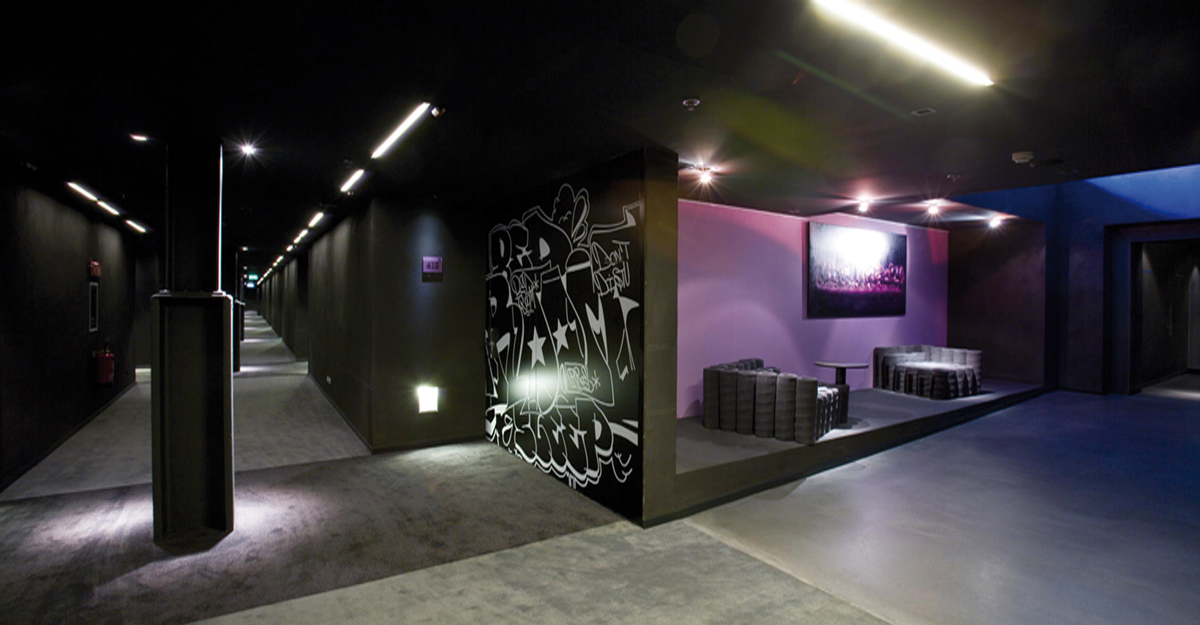
The Italian luxury furniture market is on an upward trend
Leaders in luxury furniture
According to Deloitte’s report, Global Powers of Luxury Goods, Italy is streets ahead in the ranking with as many as 29 companies in the top 100 (more than double that of the United States, which holds second place, with 14 companies). They are followed by Switzerland (11 companies in the top 100 in terms of size), France (10), China/Hong Kong (8), United Kingdom (7) and Spain (5).
Another important fact is that these 7 countries account for 84% of the companies in the top 100 and 90% of the sales of luxury goods worldwide.
Deloitte points out, however, that Italian countries only account for 17% of the turnover for luxury goods in the top 100.
This is chiefly due to the size of the companies in the ranking and the fact that they tend to have a family structure.

New modes of consumption and new purchasing channels
Luxury brands, just like luxury furnishings, must respond to the new forces in play in order to emerge successfully on the market and follow the evolution of the consumer’s expectations.
This is vital because consumers are dictating the rules more and more on how and where luxury brands are sold. These new champions of luxury shopping are making increasing demands for a personalised and custom-tailored shopping experience; they even go as far as to configure the products and services that they purchase. Even in the furniture sector, there is growing demand for “tailor made” pieces, with craftsmanship taken to extremes.

Towards new business models
According to the Deloitte report, the global luxury goods sector, and hence also that of luxury furniture, will continue to grow, albeit slowly: it is, for example, slowing down in important markets such as Russia, even though in other markets, such as India and the Middle East, not only does performance continue to be steadily positive, but there is also room for further growth.
The challenge presented in the years ahead will be the strong impact, on the luxury sector, of global economic trends, plus a major evolution in consumer purchasing behaviour and the integration of sales channels, resulting in more complex business models.
If the companies operating in the luxury furnishing sector manage to adapt their strategies to market evolution, targeting their investments effectively, it is almost certain that the above factors will provide a strategic path to growth that will be decidedly rewarding for the companies on the International market.
